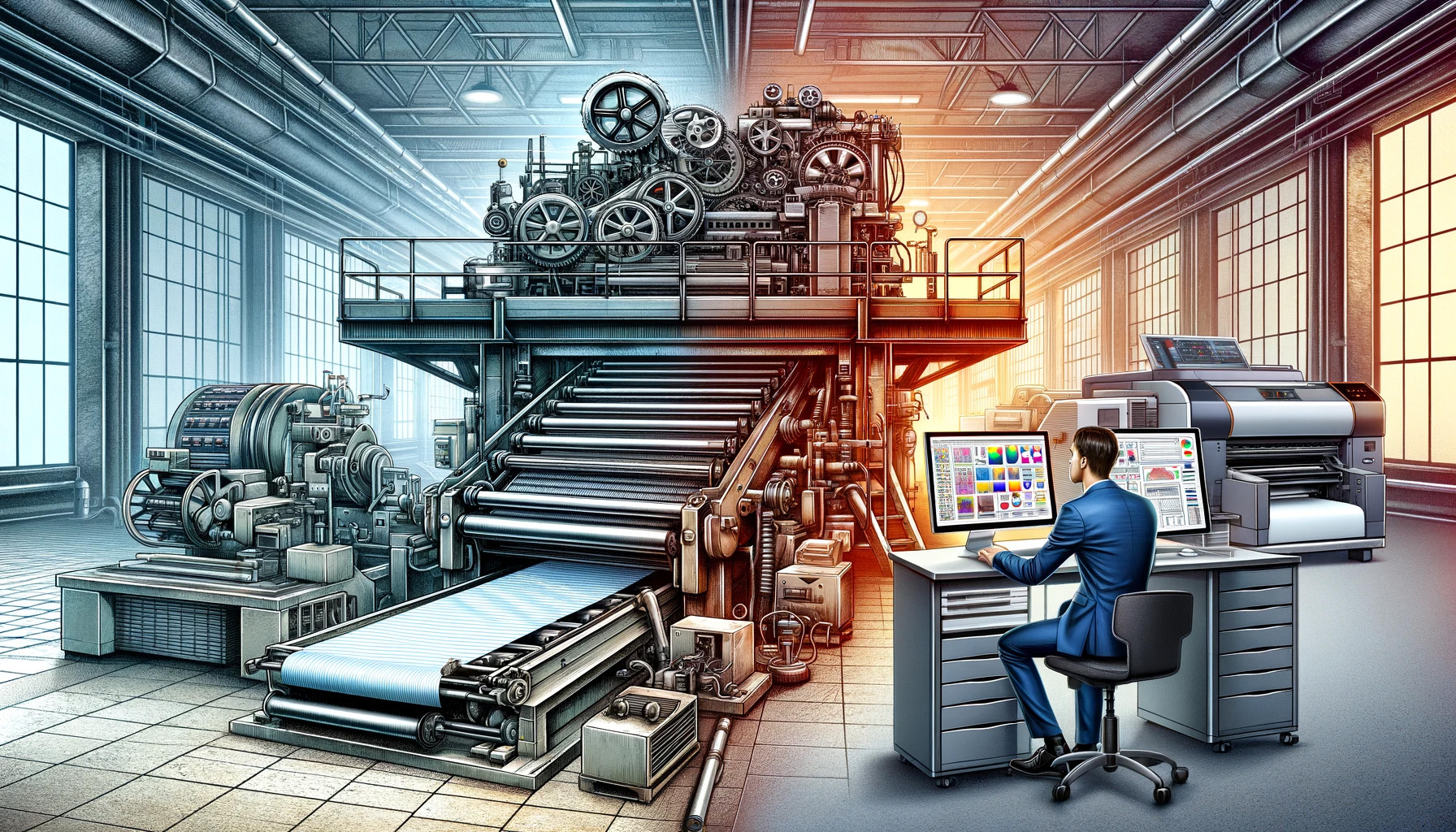Offset Printing Vs Digital Printing
Date: 06/19/2013 Written by: Launchmark
Last Updated on 11/22/2023 by Launchmark Insights
Last Updated on November 22, 2023 by Launchmark Insights
Digital and offset printing both have their advantages and disadvantages, depending on what a business’ promotional and marketing needs may consist of. As far as color is concerned, offset printing utilizes the CMYK (cyan, magenta, yellow, key black) four-color model, while digital printing can make use of both the CMYK and the RGB (red, green, blue) color models, now offering enhanced color matching and wider color gamut capabilities.
The Printing Processes
Offset printing makes use of ink and plates to deposit text and images onto paper. Offset is able to print for long print runs at an affordable rate and most importantly, at a really high quality, with improvements in plate technology enhancing its efficiency. Digital printing is terrific for short runs of any quantity because there are no printing plates, which allows for a lower cost and quicker setup. Advances in digital printing technology have also improved its color accuracy, making final proofs on the chosen stock more reliable.
How to Choose Between Offset and Digital Printing
Quantity, price, and the amount of time a client can actually wait for their printed marketing material to be received are all deciding factors. Also, the desired effect of solid areas of color can become a consideration. While offset printing can occasionally appear more pronounced than digital printing within a few specific ranges of color, digital printing has significantly narrowed this gap, offering greater flexibility and color precision for various applications.



